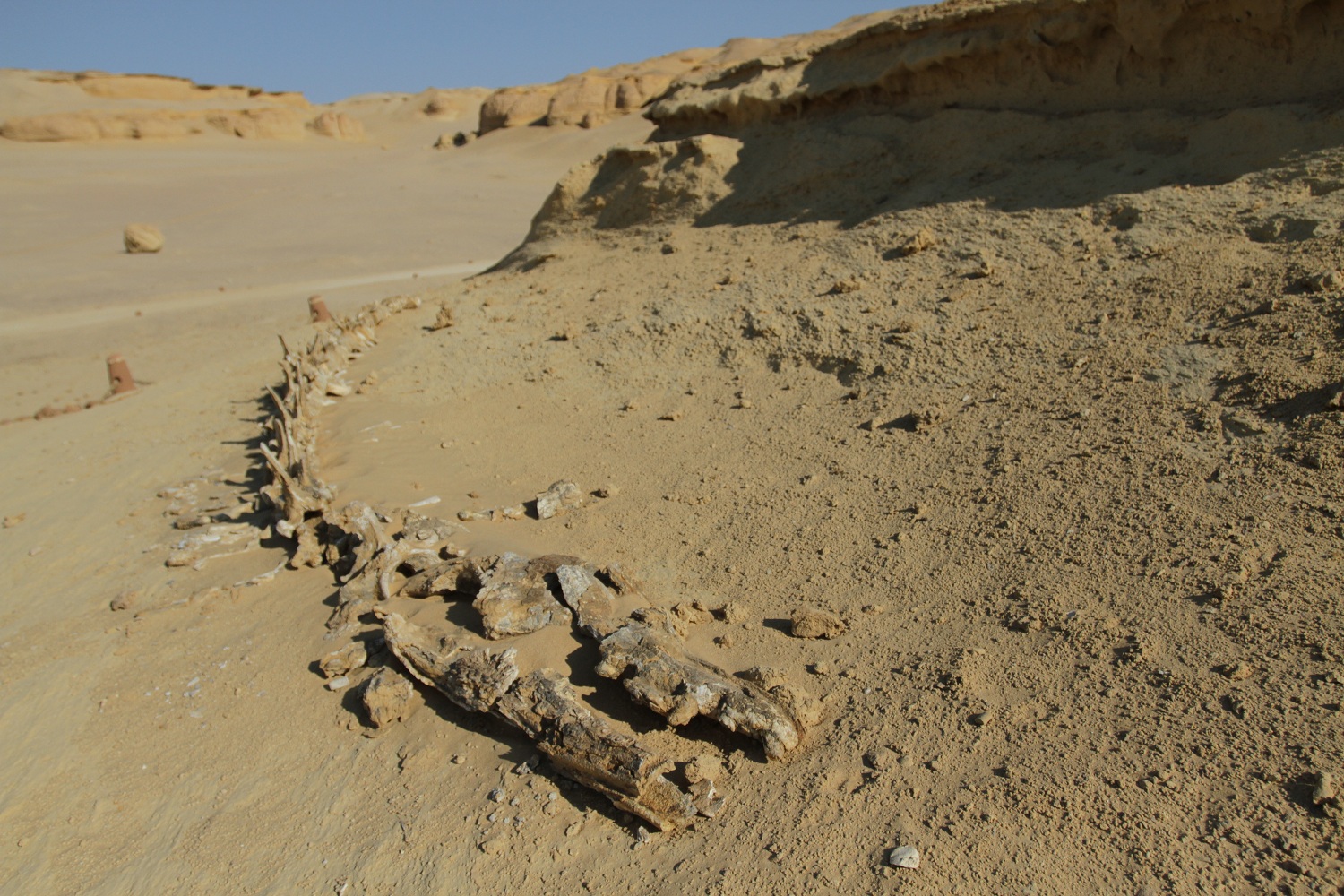The Middle East and North Africa (MENA) region is not expected to return to tourism levels of before the novel coronavirus (COVID-19) pandemic until 2023, according to the Institute of International Finance (IIF).
Writing in its latest report, the IIF said that the recovery will be both gradual and limited in scope. It added that tourists from the European Union, the United Kingdom, Russia, and the United States may be enticed by other countries in the Mediterranean region, with low-cost brands. Tourists may also prefer to continue to focus more on domestic trips or nature in countries where they reside.
“Downside risks to a projected strong recovery in tourism in 2022 include virus mutations and slow vaccine rollout, except Morocco,” the IIF report noted, “Egypt, Jordan, Tunisia, and Lebanon could face repeated outbreaks before vaccines become widely available, limiting the chance of herd immunity before the end of 2022.”
It added that, conversely, speedier vaccine delivery and distribution could accelerate the move to a post-pandemic world.
The IIF said that the outlook for tourism to the region remains bleak, with the five tourism-dependent MENA economies to suffer much longer from the negative impacts of the pandemic than the six GCC countries.
The report noted that, before the pandemic hit, tourism contributed directly and indirectly to more than 15% of GDP and 35% of foreign exchange earnings in Jordan, Lebanon, Egypt, Morocco, and Tunisia. On average, tourist receipts fell by 75% in 2020, compared with the previous year.
According to the IIF, partial information for the first quarter (Q1) of 2021 shows that the number of tourist arrivals to the MENA countries stood at just 25% of what they were in Q1 of 2020. Recent increases in COVID-19 cases in key source markets, including the EU, will delay the partial recovery to the second half (H2) of this year.
The report said that the speed of recovery will depend on the progress made in vaccination and quality of healthcare systems.




